Trimble Park —
Nestled between Lake Beauclair and Lake Carlton on the Harris Chain of Lakes lies an outdoor paradise. Trimble Park, operated by Orange County, is located near Mt. Dora in Tangerine.
Saunter along the 1.2-mile loop trail surrounded by ancient oaks. The trail runs along the perimeter of the 71-acre park. Wind through forests of pine, oak, and cypress trees. Walk on a boardwalk through the wetlands. Pause near the lakes to enjoy the view and the wildlife who make their homes there. There are plenty of benches to rest on for your wildlife viewing pleasure. Much of the trail is shaded. Bring your lunch and enjoy it at one of the many picnic tables, some of which are under a shaded structure.
Camping sites are available for your tent or RV. Launch your boat, canoe, or kayak from the boat dock. There are playgrounds for your kids. Your dogs on a 6-ft leash are welcome too!
For more information: http://orangecountyfl.net/CultureParks/Parks.aspx…
Park map and more: https://www.ocfl.net/…/Camping%20at%20Orange%20County%20Par…











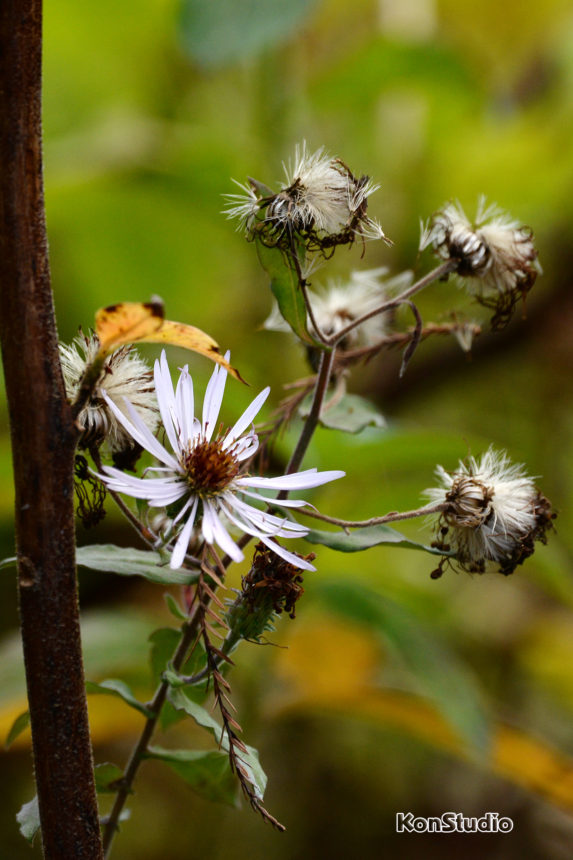









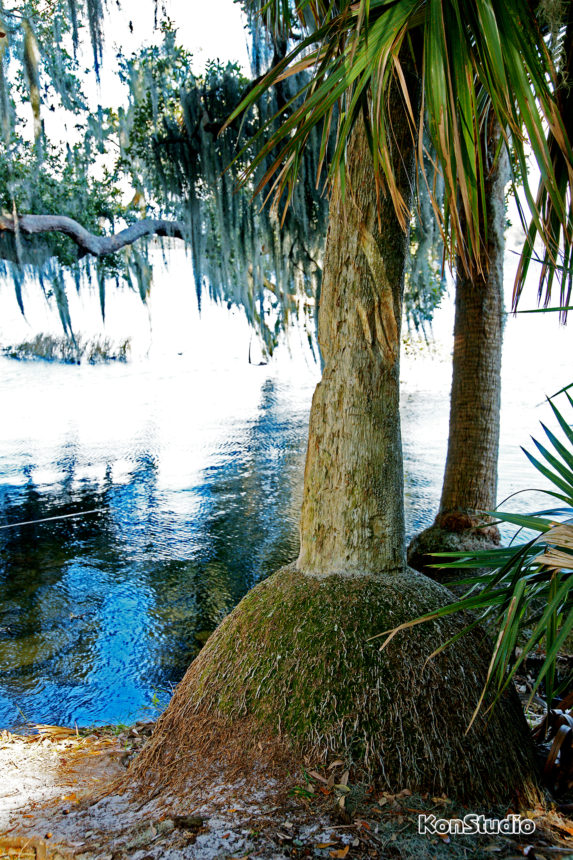


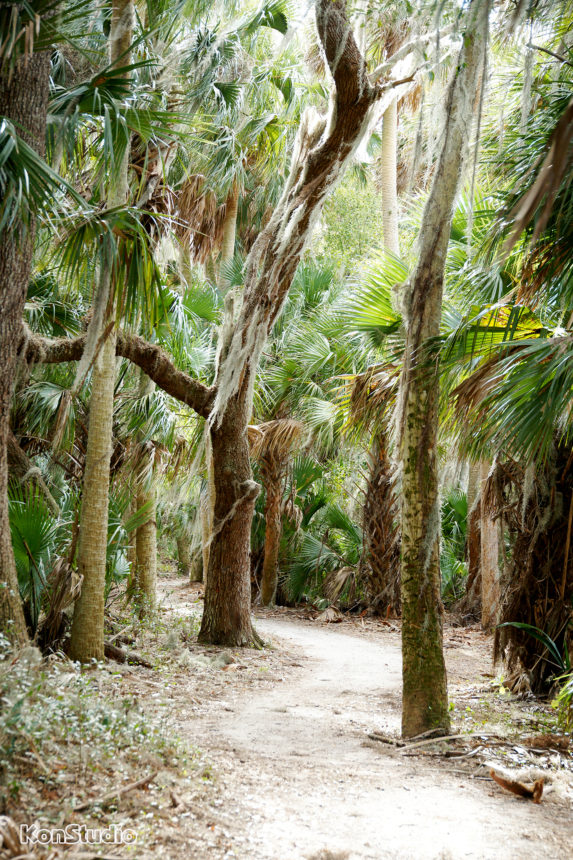












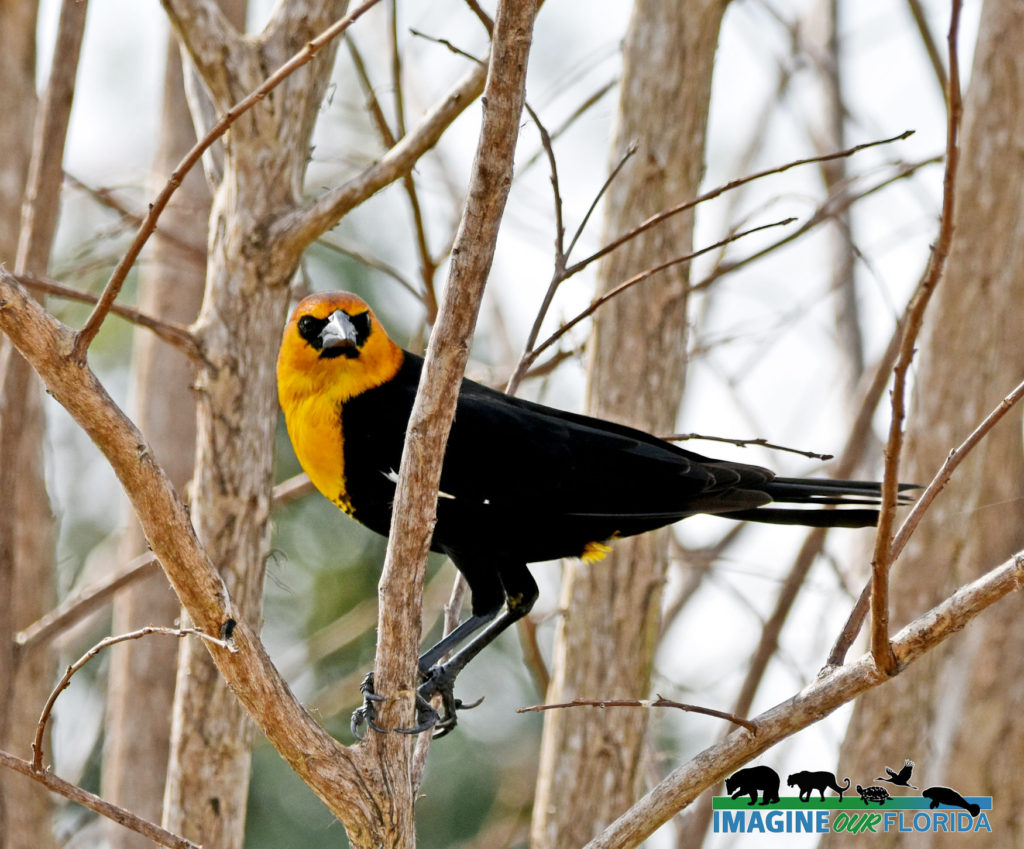




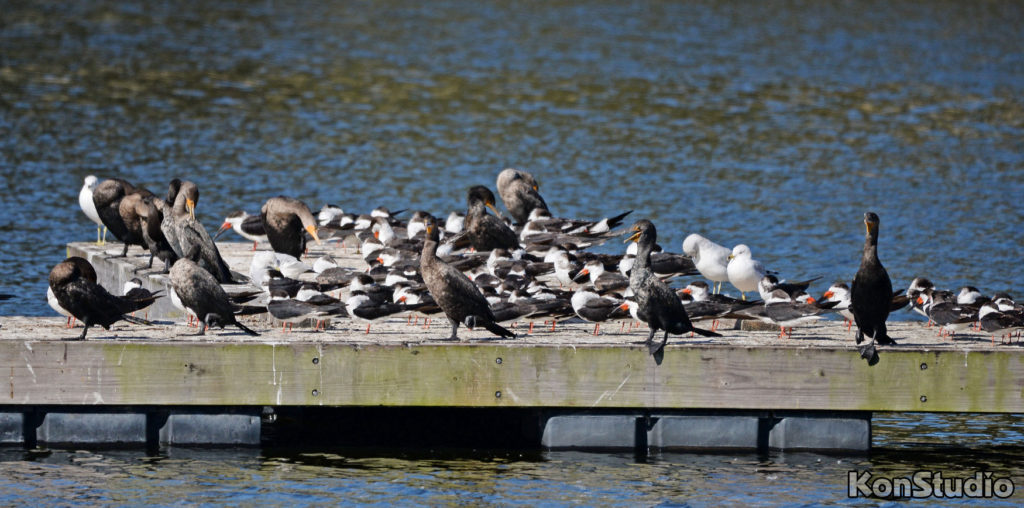
















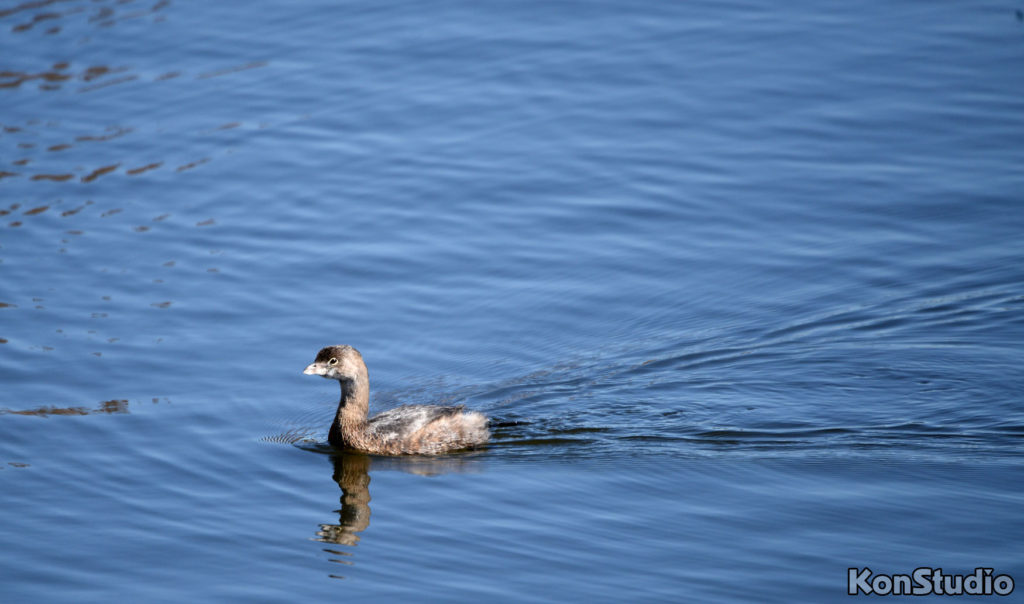














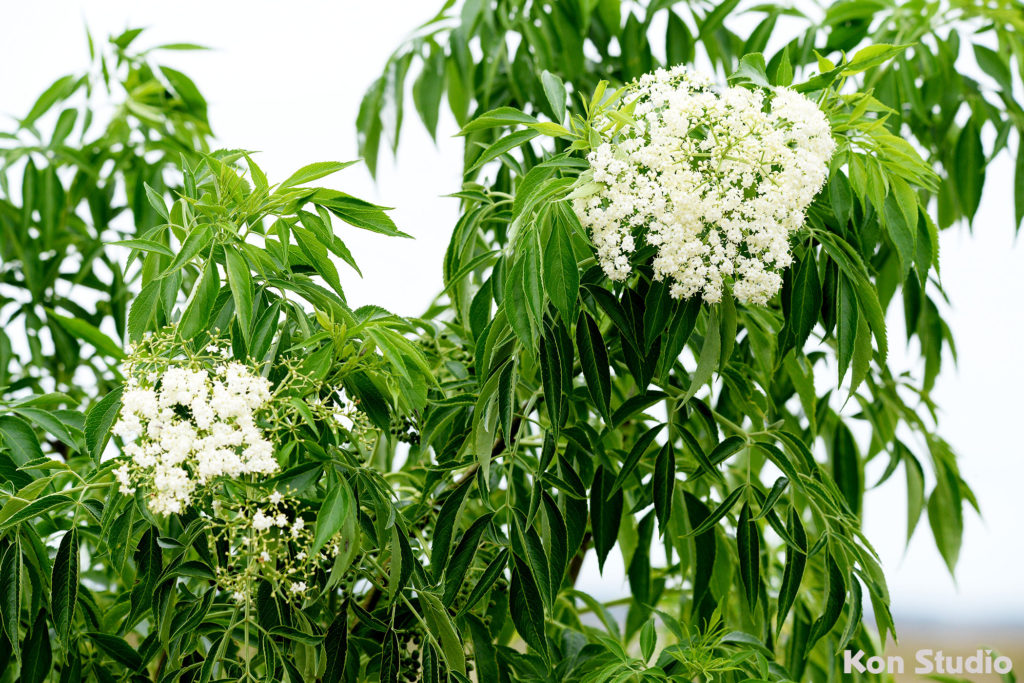






Recent Comments